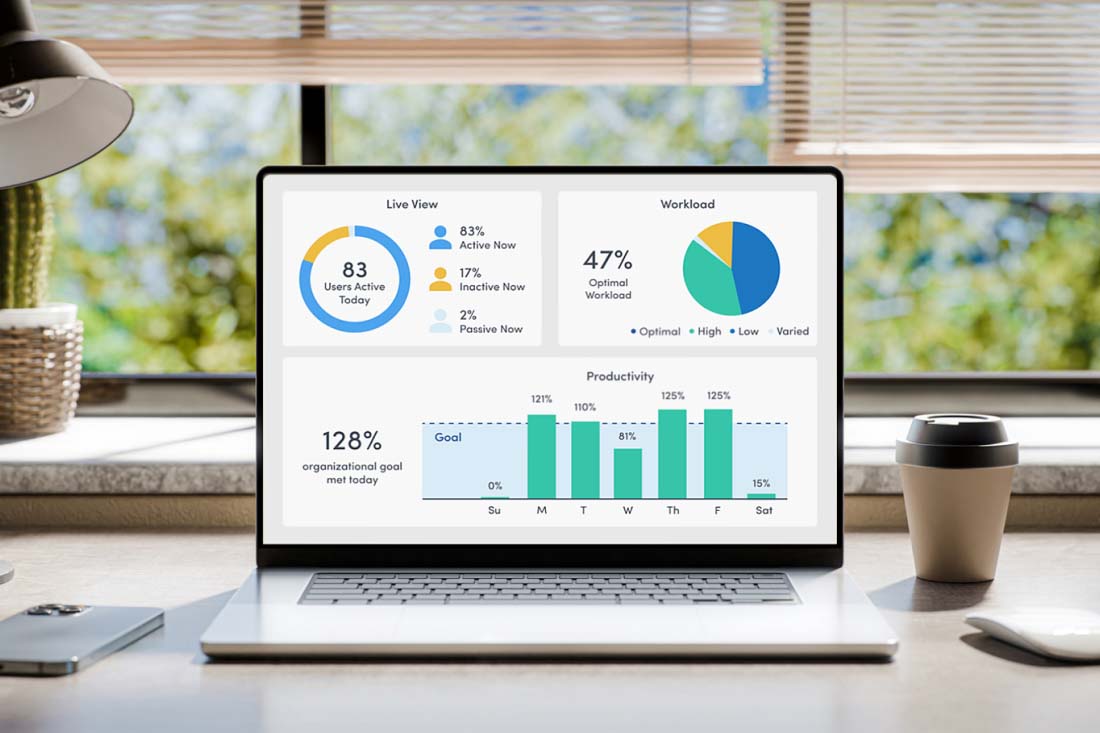Originally published in Forbes on February 2, 2023 as Forbes Technology Council post
The battle over the return to the office is raging. Survey after survey shows disparities between employer and employee attitudes toward mandatory in-office work. I’ve been surprised to read that some companies are even tracking employees’ badge swipes or using Wi-Fi data to track their locations to enforce hybrid work policies. If we have to resort to badge readers to confirm our teams are showing up, we are missing the broader change that is happening—that flexible work is here to stay.
It’s time to adopt a new way of thinking about how employees show up and are productive at work.
I understand the desire for visibility and face time for everyone involved. All of us have felt the need to be recognized for showing up. We want the boss to know we’re here, to see us in the office every morning at 8, to know we worked until 10 o’clock last night. Yet the last two-and-a-half years proved that showing your face at the office isn’t the only way to make an impression or get your job done.
Many of us are now taking stock of these norms post-pandemic.
Redefining “Presence”
Teams are realizing that there’s more than one way to be “present” at work. I’ve seen this evolution in my own conversations with customers and colleagues.
When we went through the pandemic, many organizations panicked, worrying about how to continue operations remotely. They ran the gamut, from those who trusted their employees but needed to know when they were “on” to others who had less trust in them to stay on task—only to find out, with visibility into digital productivity trends, how much their teams were working.
Visibility into presence—to confirm employees were showing up to do their job—was a minimum requirement. Then it quickly became as important to understand how work was getting done. Most businesses were able to sustain a level of productivity that met their needs, but many were still anxious to get their teams back into the office to resume “normal” operations.
I get it. Many high-profile CEOs have talked about how important in-office work is for productivity and company culture. There’s a long-held perception that the go-getters are always in the office, and, as a result, that’s where productivity happens. And many of us have been rewarded in our careers for showing up as a sign of commitment. However, I think the notion of in-office presence has been a false signal for productivity, and there are different (and more valuable) ways to capture presence today that are better indicators of productive results.
By focusing on the so-called “go-getters” who are typically the most noticeable in the office, we often overlook the less quiet contributors who carry a load managers and leaders aren’t even aware of. I’ve seen this on my own team: The new hire who’s already burning the candle at both ends to learn their job or the executive balancing parenthood and professional life, putting in hours of work in the evening so they can be there for school pick-up and drop-off.
The way to see these employees is with productivity insights into how and when work happens. Employers all seek a better view of work that identifies and differentiates between the activities that lead to results. What does a workday look like when broken down into focus time versus collaboration time, productive “on” time versus “off” time trends beyond the green “active” light on a Slack channel? Today’s teams show up every day online to do their work, whether they are in an office or not. A data-informed view of presence and productive time is much more telling than a physical presence in a conference room or at a desk—and can dispel the notion that merely showing up means someone is engaged at work.
Presence And Engagement
Employees report a mixed reaction about their relationship with work since the pandemic. A December survey by 451 Research and S&P Global Market Intelligence (paywall) found that 19% of respondents reported being more engaged at work post-Covid. But nearly 22% of those surveyed said the opposite: Their engagement level at work has dropped.
As organizations reinvent their post-Covid culture and management practices, leaders have a massive opportunity—and responsibility—to reengage their checked-out employees and reward and recognize their engaged employees. This will involve redefining norms for hybrid work—and our measures for what it means to show up and be productive. It also means working to better understand the drivers behind employee disengagement and providing a better employee experience.
IDC’s prediction that by 2025 the majority of G2000 companies will consider “online presence to be at parity to ‘in real life’ across their engaged workforces” confirms that organizations realize the future of work requires embracing and retraining our teams and managers on new norms for what it means to be “present.”
Work has changed tremendously in the last three years, and it’s never been a better time to rethink what good performance looks like in a flexible work world. With better workforce data, communication and context, we only stand to benefit from seeing and measuring presence and performance by more than simple proximity in an office.





